Friday Filler: Fluxx Remixx
 It seems amazing that Fluxx is over a quarter of a century old. The 1999 Mensa Select Winner is the perfect filler game. It is simple to play, but not easy to win. It is easy to learn and not too difficult to master. The difficulty though comes in the changes that will occur through play, because Fluxx is a card game in which its very nature can change from one player’s turn to the next. The number of cards a player can hold can change. The number of cards a player can play can change. The winning conditions can change. Random things will occur—cards will come back into play, cards will be swapped, and so on. The state of the game is literally in ‘fluxx’ and to win, a player must adapt to the changes and make the best use of the current rules and the cards in his hand on any one turn. Published by Looney Labs, Fluxx has proven to be a perennially popular game as well as one that served as the basis for a large number of differently themed variations. From science editions like Anatomy Fluxx, Astronmy Fluxx, and Chemistry Fluxx to Science Fiction such as Doctor Who Fluxx, Firefly Fluxx, and Star Trek Fluxx. With so many versions of the game available, there should be a version for just about everyone.
It seems amazing that Fluxx is over a quarter of a century old. The 1999 Mensa Select Winner is the perfect filler game. It is simple to play, but not easy to win. It is easy to learn and not too difficult to master. The difficulty though comes in the changes that will occur through play, because Fluxx is a card game in which its very nature can change from one player’s turn to the next. The number of cards a player can hold can change. The number of cards a player can play can change. The winning conditions can change. Random things will occur—cards will come back into play, cards will be swapped, and so on. The state of the game is literally in ‘fluxx’ and to win, a player must adapt to the changes and make the best use of the current rules and the cards in his hand on any one turn. Published by Looney Labs, Fluxx has proven to be a perennially popular game as well as one that served as the basis for a large number of differently themed variations. From science editions like Anatomy Fluxx, Astronmy Fluxx, and Chemistry Fluxx to Science Fiction such as Doctor Who Fluxx, Firefly Fluxx, and Star Trek Fluxx. With so many versions of the game available, there should be a version for just about everyone.The core gameplay is simple. On his turn, a player draws one card and plays one card. His aim is to have two cards called Keepers in play, in front of him, which match the Keepers mentioned on the Goal card currently in play. For example, the ‘Squishy Chocolate’ Goal requires the ‘Sun’ and ‘Chocolate’ Keepers to be in front of a player for him to win, whilst the ‘Brain (No TV)’ Goal needs the player to have the ‘Brain’ Keeper in front of him and nobody to have the ‘TV’ Goal in front of them. Fluxx being as old as it is means that the game has become familiar to many players. An old standby that is easily remembered and brought to play. Fluxx Remixx – Extra Chaos Edition is designed not to be familiar. Its game play remains the same as the original 1997 version, but the Keepers have been reimagined to provide the players with a whole new set of unfamiliar challenges as well as a whole new rule and set of cards. Fluxx Remixx – Extra Chaos Edition is designed to be played by two to six players, aged eight and up, with a game lasting between five and thirty minutes. The game consists of one hundred cards, divided into five types. These are New Rule cards, Action cards, Keeper cards, Goal cards, and the new Surprise cards. All five card types are clearly designed, colour-coded by type, and easy to understand in play. Everything on the double-sided rules sheet is boldly presented and includes not just an ‘Exec Summary’ of what the game is, but also examples of a game in play and how the cards interact. Anyone who has played Fluxx before will be able to open up Fluxx Remixx – Extra Chaos Edition and begin play with very little preparation. Anyone unfamiliar with Fluxx will really only need five minutes to read through and prepare the game for play.
The core card for the game is the ‘Basic Rules’. This tells the players to draw one card and play one card each turn. The yellow New Rule cards either replace a New Rule card in play or add a New Rule card to play. They include ‘Draw 2’, which changes the number of cards each player draws on his turn; ‘Play All’ means that every player has to play all of the cards in his hand on a turn; and ‘Card Transfusion’ enables every player to discard as many cards from his hand as he wants to and draw as many cards as he discarded. The blue coloured Action cards provide single actions a player can play and do on his turn. For example, ‘Draw 3, Play 2 of Them’ means that the player draws three cards, chooses two of them to play, and discards the third; ‘Trade Hands’ allows a player to swap his hand of cards with that of another player; and ‘Taskmaster’, which instructs the player to draw a number of cards equal to the number of player and assign one to each player face down, including himself. The players then reveal and play these cards in turn. The green Keeper cards include Dreams, Love, Peace, Chocolate, Cookies, Music, Moon, and more. The pink Goal cards are the winning conditions for the game. When there is one on the table, all of the players are either working to play Keeper which match the Goal or change the Goal to match the Keepers they have in play in front of them. The Keepers, though, are the biggest change in the new version of Fluxx. They give the players new winning objectives, ones different from the original version of the game, but still using the familiar Keepers. For example, ‘The Wedding’ Goal requires ‘Love’ and ‘The Party’ Keepers to win; ‘The Dark Side of the Moon’ Goal requires ‘Music’ and ‘The Moon’ Keepers to win; and ‘All You Need is Love’ Goal requires ‘Love’ and no other Keepers in front of a player to win.
In addition, Fluxx Remixx – Extra Chaos Edition adds a new card type. This is the Surprise card. Coloured purple, they are perhaps one of the most complex card types introduced to the game. This is because unlike the other four card types in the game, a Surprise card has not one play condition, but three! This is because a Surprise card can be played ‘Out of Turn’, ‘During your Turn’, and ‘At Any Time’. For example, if played ‘Out of Turn’, the ‘Cancelled Plans’ card forces a player to discard the Goal he just played, including if playing the Goal would mean he would win the game. If played ‘During your Turn’, they force the current Goal to be discarded and the other players to discard a Goal or other card in their hand. If played ‘At Any Time’, it cancels the effect of another Surprise as it is played. The ‘At Any Time’ option is common to all four Surprise cards in FFluxx Remixx – Extra Chaos Edition. The Surprise cards increase the interaction between the players in a game already known for its high interaction between the players. Yet the relative complexity of the Surprise cards may mean that they are not suited for play by the younger audience for this game, but this should be adjudicated on a case-by-case basis. That said, if the Surprise cards are removed, Fluxx Remixx – Extra Chaos Edition still plays as Fluxx.
If there is an issue with Fluxx Remixx – Extra Chaos Edition, it is that the cards do refer to a card type not actually present in this version—the Creeper. Originally introduced in Zombie Fluxx in 2007, this card type sits in front of a player and prevents him from winning, very likely increasing the length of game play. Fluxx Remixx – Extra Chaos Edition is a return to the original version of Fluxx, so the Creeper really does not warrant inclusion in its deck of cards. Mention of them here is likely to be confusing. On the other hand, mention of them is a nod to the fact that like many of the Fluxx sets, Fluxx Remixx – Extra Chaos Edition can be integrated with many of the Fluxx variants.
In play, Fluxx Remixx – Extra Chaos Edition is random, chaotic, and frustrating, but nevertheless. It is all but impossible to plan from one turn to the next as the state and nature of the rules fluctuate and change. A player can go from almost winning to having to start again, not necessarily on his turn, but on the turns of the other players. Then again, a player can find himself the winner as the rule changes, cards have to be played, forcing the play of a Goal and Keeper in just the right combination. The new Surprise cards add a new element of interaction and complexity, but more of the former than the latter as they add to the chaos of play. Games can be really quick. A winner could be lucky in the very first round, but a typical game will last no more than twenty minutes. (That said, I have played in games that have lasted twice as long!)
Physically, Fluxx Remixx – Extra Chaos Edition is clearly and tidily presented. The Fluxx format is tried and tested and this variant is no exception. The card stock is not as glossy as in previous variants and it might be an idea to sleeve this one.
The original Fluxx did not have a theme and neither does Fluxx Remixx – Extra Chaos Edition. Or rather, it does and it is a subtle one. The clue is in the title, Fluxx Remix because its theme is music and all of the goals are song titles. Fluxx Remixx – Extra Chaos Edition is as familiar and as fun as Fluxx was in 1997, simple to play, but still chaotic and enjoyably frustrating, with the addition of a new if quiet theme and a new card type for more interaction. Fluxx has always been a great filler game,Fluxx Remixx – Extra Chaos Edition is no exception.
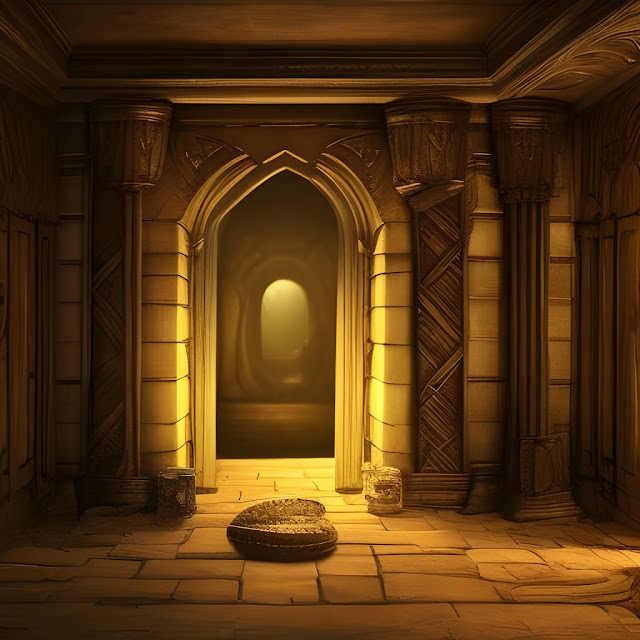

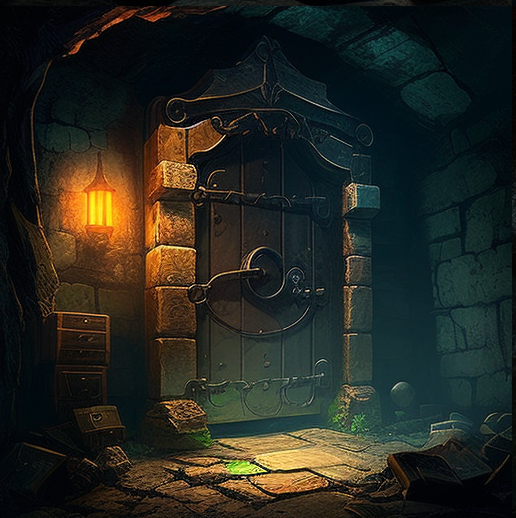
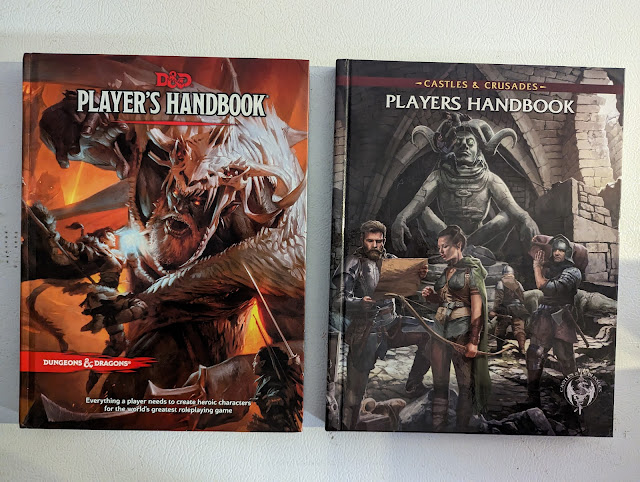



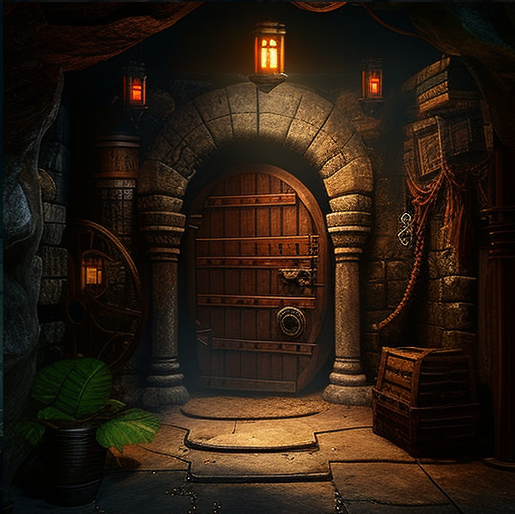













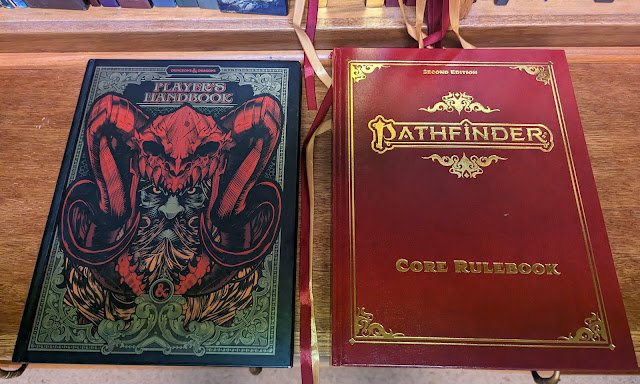

 Requirements Your last action was to Raise a Shield. You adopt a wide stance, ready to defend both yourself and your chosen ward. Select one adjacent creature. As long as your shield is raised and the creature remains adjacent to you, the creature gains a +1 circumstance bonus to their AC, or a +2 circumstance bonus if the shield you raised was a tower shield.
Requirements Your last action was to Raise a Shield. You adopt a wide stance, ready to defend both yourself and your chosen ward. Select one adjacent creature. As long as your shield is raised and the creature remains adjacent to you, the creature gains a +1 circumstance bonus to their AC, or a +2 circumstance bonus if the shield you raised was a tower shield. Range 60 feet; Targets your familiar You draw upon your patron's power to momentarily shift your familiar from its solid, physical form into an ephemeral version of itself shaped of mist. Your familiar gains resistance 5 to all damage and is immune to precision damage. These apply only against the triggering damage. Heightened (+1) Increase the resistance by 2.
Range 60 feet; Targets your familiar You draw upon your patron's power to momentarily shift your familiar from its solid, physical form into an ephemeral version of itself shaped of mist. Your familiar gains resistance 5 to all damage and is immune to precision damage. These apply only against the triggering damage. Heightened (+1) Increase the resistance by 2.